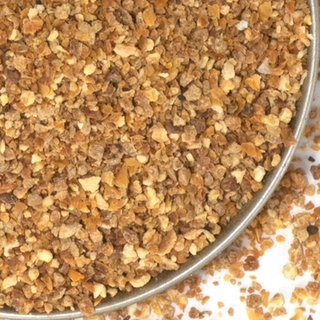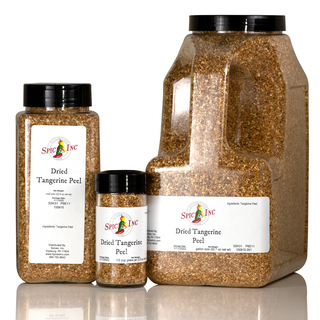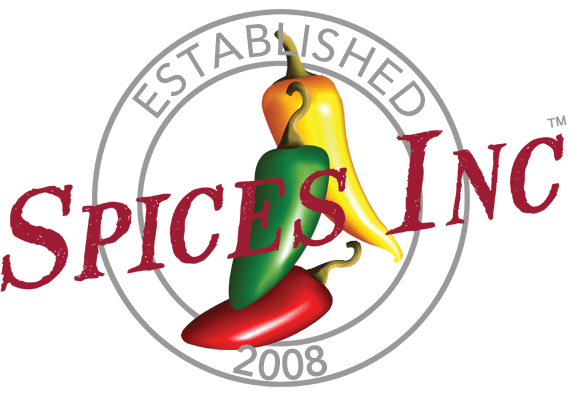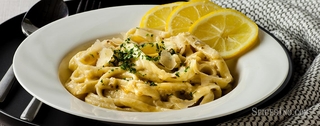Dried Tangerine Peel




Dried Tangerine Peel
Dried Tangerine Peel, Citrus x tangerina, is also called tangerine peel or dried tangerine. It has an essential oil content of about 1% by weight.
The tangerine, a small, slightly flattened citrus fruit, is actually a cultivar of a Mandarin, which are believed to have descended from wild oranges that grew in northeast India as long as 3,000 years ago. These early Mandarin oranges were carried by travelers to China, and from there eventually made their way into Europe, North Africa, and Australia. In 1805, the first of these easy-to-peel oranges were introduced to England from China. Mandarins were imported from China into the Mediterranean region through the port of Tangiers, Morocco and were given the nickname “tangerine.”
Dried Tangerine Peel is popular with:
- breweries;
- seasoning companies;
- sauce, bloody Mary, drink mix, and supplement manufacturers;
- independent spice shops;
- food trucks;
- healthy or vegan restaurants; and
- distillers
Flavor Profile
Dried Tangerine Peel tastes zesty, citrusy, and slightly bitter.
How To Use
Use Dried Tangerine Peel in both sweet and savory applications. Add to a stir-fry for a fragrant orange chicken. Tuck into Tropical Mango Salsa and let it soften and marinate for at least 30 minutes. Mix with thyme and olive oil for a marinade for fish. Dried Tangerine Peel pairs wonderfully with rosemary so mix it into a spice blend and use on lamb chops, sautéed mushrooms, or as part of a vinaigrette for a tangerine and fennel salad. It adds a surprising twist in fresh salsa and pasta dishes like Fettuccine with Lemon Cream Sauce. Stir into an extra-fancy Cinnamon Spiced Apple-Cranberry Sauce. Mix Dried Tangerine Peel with cake batter or sprinkle on muffin tops. Home brewers can also add this to a batch when brewing IPAs or saisons, or get a fine-mesh infusion bag and use it to infuse gin or vodka.
When using Dried Tangerine Peel, use 1/3 of the amount of fresh tangerine as called for. To rehydrate, add three parts water to one part peel and let stand for 15 minutes, then drain off excess liquid.
Dried Tangerine Peel pairs well with ginger, star anise, cinnamon, fennel, mustard, brown sugar, and rosemary.
| Also Called | Tangerine peel or dried tangerine |
| Species | Citrus x tangerina |
| Ingredients | Dried tangerine peel |
| Flavor Profile | Zesty, citrusy, and slightly bitter |
| Oil content | 1% |
| Recommended Uses | Salsas, desserts, sauces, beer, stir fry, lamb, pasta, vinaigrettes |
| Cuisine | Global |
| How To Store | Airtight container in a cool, dark place |
| Shelf Life | 1-2 years |
| Country of Origin | USA |
Nutrition Facts
Serving Size1 tsp
Amount Per Serving
Calories10
% Daily Value*
Total Fat0g0%
Saturated Fat0g0%
Trans Fat0g
Polyunsaturated Fat0g
Monounsaturated Fat0g
Cholesterol0mg0%
Sodium0.3mg0%
Total Carbohydrate2.4g1%
Dietary Fiber2.0g8%
Total Sugars0.1g
Added Sugars0g0%
Sugar Alcohol0.0g
Protein0.1g0%
Vitamin D0mcg0%
Calcium14mg1%
Iron0mg0%
Potassium20mg0%
*The % Daily Value (DV) tells you how much a nutrient in a serving of food contributes to a daily diet. 2,000 calories a day is used for general nutrition advice. These values were calculated and therefore are approximate. For more accuracy, testing is advised.


